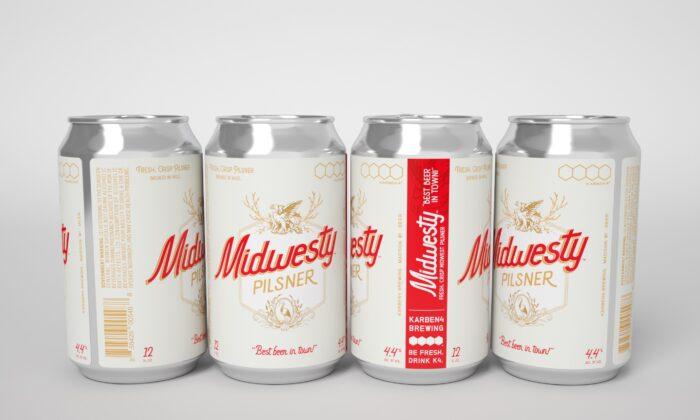Fascinating Strains
You’ll find debate among beer fans about how to pronounce it, but the pronunciation of kveik varies even within Norway. While there’s agreement that the “v” is a “v,” some Norwegians pronounce it so softly or quickly that it sounds more like a “w.” And the ending is either -ike or -ake, depending on the regional accent. With a clearly pronounced “v,” the word takes on a sort of second syllable: “ki-vike,” “quake,” “kwike.”The way kveik is used in Norway is as a mixed culture of many different strains of Saccharomyces cerevisiae. This is ale yeast as opposed to lager yeast, but it’s considered a distinct subgroup.
One of the most fascinating traits of these yeasts is their tolerance for heat. Lager yeasts work best in colder temperatures (45 to 55 degrees Fahrenheit), while ale yeasts function optimally in a range from 55 to 70 degrees F. You can go warmer, but it will bring unpleasant flavors.
Kviek, on the other hand, does just fine with temperatures from 86 to 104 degrees F. A brewer doesn’t need to bring the temperature down as far before pitching the yeast, and they don’t need the energy of cooling a fermentation tank in a warm brewhouse. The whole process of fermentation moves faster.
As Joe Walts, quality manager and research brewer at Karben4 Brewing, pointed out, the higher the temperature you ferment with kveik, the faster it’s going to go.
“I’ve heard of people doing it in a day or two. I would say three days is pretty common if you’re fermenting pretty hot,” Walts said.
In contrast, ales take up to five days and two weeks or more in conditioning, and lagers take even longer, requiring up to six weeks with their low-temperature fermenting and the necessary lagering.
Pass It Around
Brewers in Norway share their yeasts with each other. After fermentation, the yeast settles out of beers, and it can be used for your next brew—or your neighbor’s. Traditionally, Norwegian farmhouse brewers would often pass their yeast among the community.Another one of its odd and compelling characteristics is that the yeast is easily preserved.
“Sometimes it would be crudely dried out and left in the sun,” Walts said.
He also noted that it would then be passed along in a dried chunk. They might also keep it in bottles or create handmade contraptions for distribution, such as carved wooden yeast logs or Scandinavian yeast rings.
For commercial purposes, particular strains are isolated from the typical Norwegian mix to give brewers greater control over the end result.
“The yeasts that come out of these mixed cultures are really interesting,” Walts said. “Most of them tend to produce a lot of fruity esters, and that’s why people like using them in hazy IPAs.”
That said, there are strains being used in all sorts of styles.
“There’s one strain that’s been isolated by Omega Yeast that ferments very cleanly [without the fruity esters]. That’s been used to make quick pseudo-lagers,” he said.
Kveik is adding a whole new facet to the craft beer scene. Check your local tap lists!





